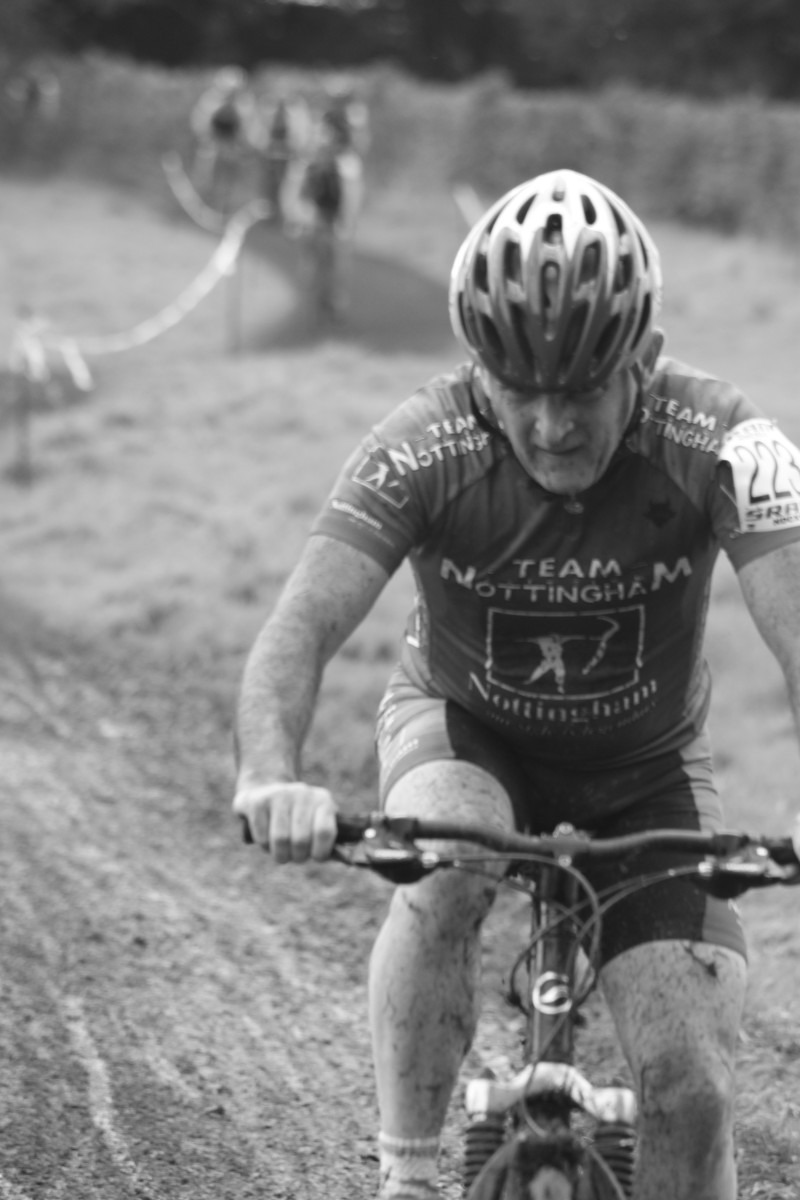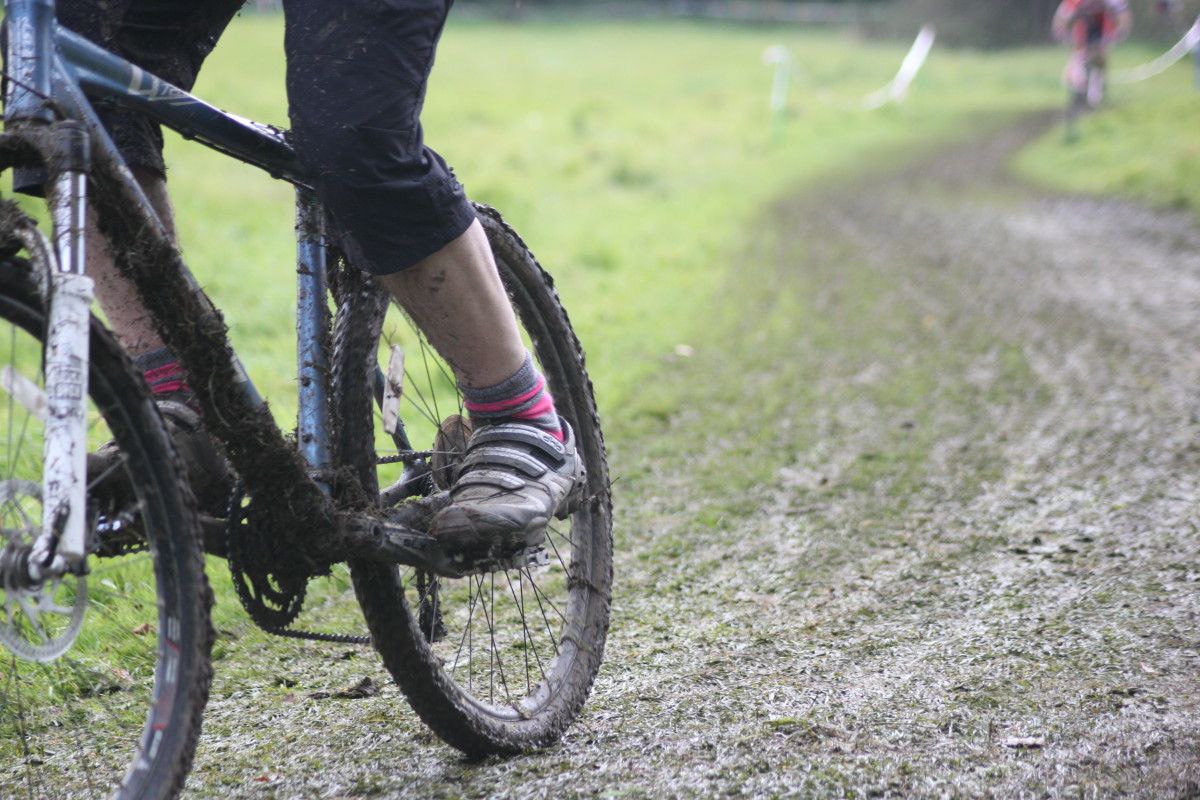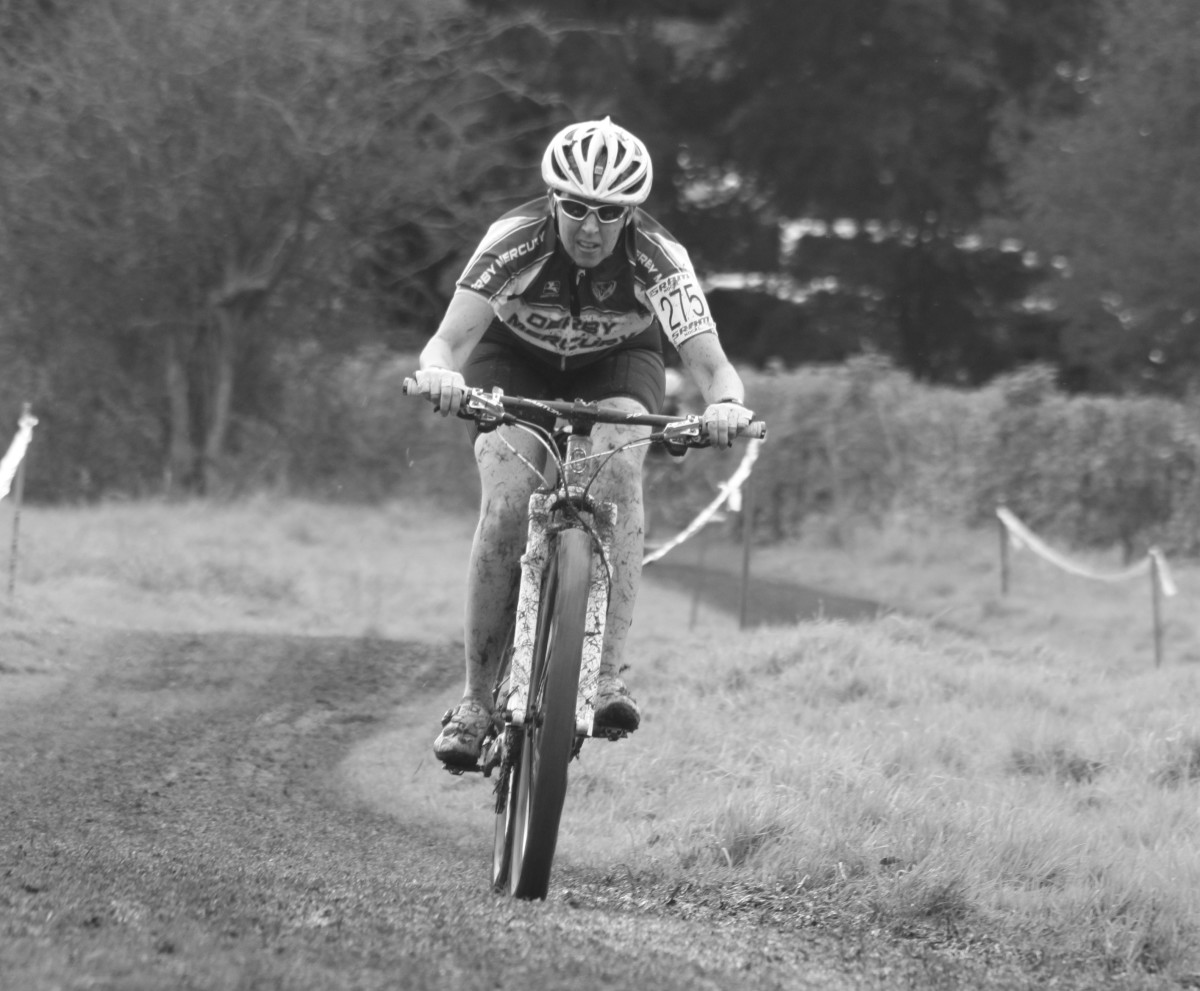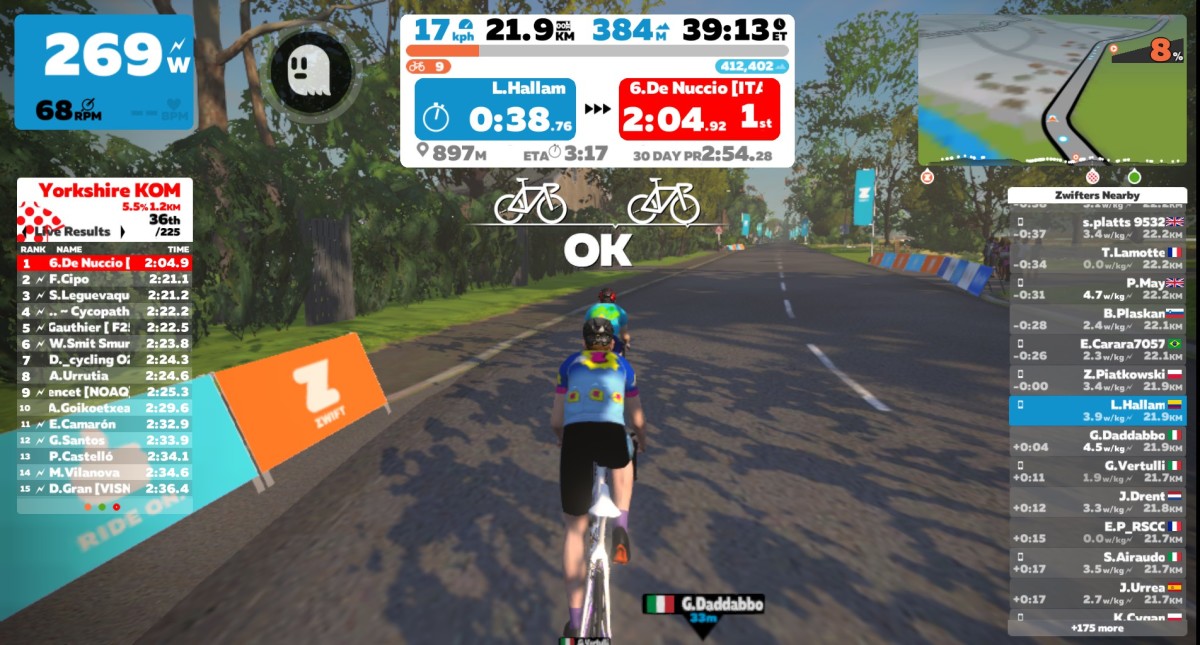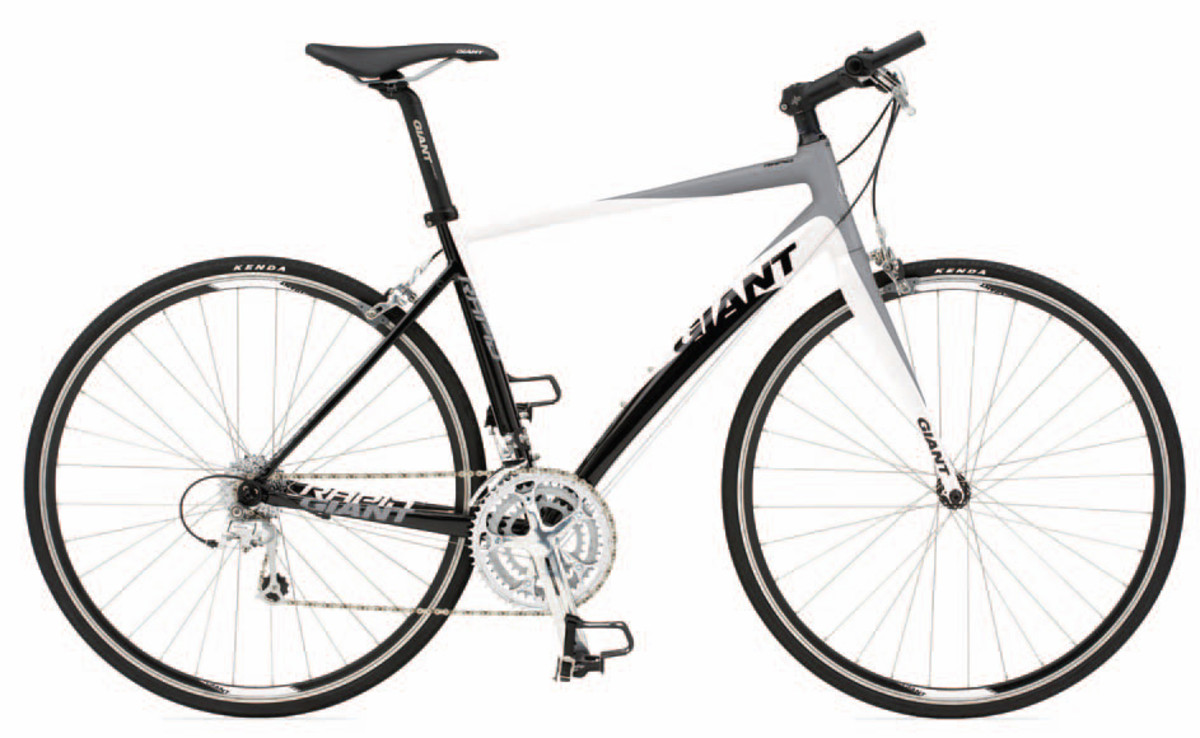Making The Decision To Ride Clipless, Clip-In, or Step-In Pedals on Your Mountain Bike
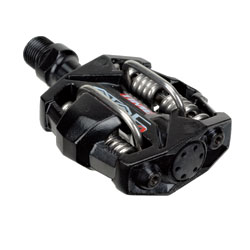
When most people begin their journey into mountain or road biking they start with an inexpensive bike, with plastic platform pedals. Occasionally, the road bikes will feature toe straps or toe clips to keep your feet secure in the pedals. However, as we progress our skills on the bike allow us to pursue other options, one of which is to use clipless (clip-in, step in) pedals. However, in mountain biking the use of clipless pedals scares the daylights out of riders from weekend warriors to those invested in the sport.
Why are they so intimidating? Well, clipless gives a new, and very different feel to your riding, which can take time to get used to. They also stick your feet to the pedals making riders feel uncomfortable pulling their feet off the pedals, as it was once such a natural motion they never had to think about.
Why Ride Clipless?
More Power ...right? Well, not really....but maybe. The claim that clipless riders make is that by pulling up on the pedal you get more power from it. Well, the debate rages. The truth is that actively pulling (making a conscious effort) on the upstroke will increase your power, but decrease the overall mechanical efficiency. Yet regular pedaling (just pedaling without actively thinking about it), does not seem to have an advantage from using clipless pedals. (Mornieux G., et. al. (2008) Effects of Pedal Type and Pull-Up Action During Cycling. International Sports Medicine. 29(10). p 817-822) However, they do keep your feet attached to the pedal, which allows for power and cycles where you may lose your platforms or be bounced around on them. However, when attacking a difficult hill, standing on the bike is the way to maximize power, and its difficult to 1). pull upward on the pedal and 2). maintain traction when standing on the bike up a hill. This means that a lot of the power advantage you get is by pulling is only realized during the seated portions of your ride and will not necessarily help you conquer those looming mountains.
More Control - Well, this is a less debatable topic. Does being clipped in give you more control over the rear end of your bike? Well, try and pick your rear tire off the ground in platform pedals, then try it in clipless pedals and you will see the advantage from clipless. Guiding the rear end vertically over rocks and obstacles becomes easier and keeps you faster on the trail. The benefits of side to side control are also contested in the MTB community, and personally I don't notice a difference between the two types of pedals when pushing my rear wheel outward.
Security - As I mentioned before, clipless pedals keep you stuck to the bike. You get more secure pedal strokes, which may improve your confidence and overall mindset when attacking technical trail.
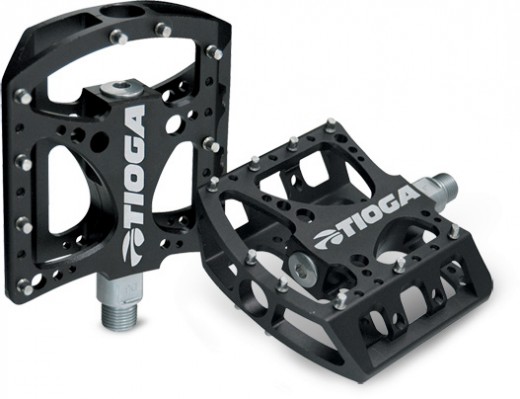
Mythical Disadvantages
I'll be stuck and wipeout - Ok, so at first this is a very real disadvantage. Yet, as you use clipless pedals, you learn to clip in and out very fast, and I rarely if ever get into a situation where I am 'stuck' and eat the dirt.
I need special shoes - You need special shoes to effectively ride platforms as well. The prices are comparable, just look at the cost of Five Tens, comparable to a nice clipless cycling shoe.
They are more expensive - Again, clipless pedals are just as inexpensive (under $50) or expensive as platform pedals. Yes you might pay $200 to $300 dollars for the very top of the line clipless pedals, but $150 will get you pretty much all you'll ever need in either category.
They cause more long term injuries - There has been some significant studies conducted on this issue and being clipped in will present some ligament and muscle strain that would not be present otherwise. However, the use of more 'float' in clipless pedals removes much of the stress that the rider would experience. Most of the newer pedals allow for a degree of float which minimizes longterm stress injuries,
Real Disadvantages
Ok. so clipless pedals do present some real disadvantages as well.
Good luck in the air - Yup, pretty much sums it up. You do not want to be the wrong way or off in the air, and clipped to your bike. The solution, run dual sides, which are more expensive the straight clipless, but are good for the jumps. I don't see many (pretty much no one) free ride or downhill guys rolling in strictly clipless pedals.
Strain on muscles from bad form - Many cyclists have bad form when pedaling, and while float in clipless pedals alleviates some of this it does not go away. You'll notice after your initial soreness period from adjusting to clipless pedals where you have strain such as your hip flexors, hamstrings, or IT band. You might not have the right form to ride clipless without hurting your self, or inducing tendonitis.
More parts, more maintenance, more time, mo' money - Yessir, these pedals have more parts, which can and will break. This means you spend more time with maintenance and less time riding. Once you work on a clipless pedal you'll understand why these go to the shop. All of the springs, clips, washers and bolts are jammed into the little body under a lot of pressure. It leads to frustration very quickly when trying to repair a pedal.
Conclusions
In the end it is a good idea to try clipless pedals if you are going to be invested in mountain biking as a sport. You can get a set of decent pedals for under $50, and with shoes, you could be all in for a little over $100. It may be a good strategy to ride in them once and a while and use them on race day, where the advantage of control and security will help you shave time. If you do try them make sure to give it an honest effort, don't bail on them after your first wipe where you couldn't get a foot off the pedal. In time it feels more natural.
Whether you stick with them or not is up to you, the advantages in power and efficiency are not so drastic that they are a necessity to enjoying your riding, and in the end that enjoyment is the most important thing. If its not as fun to ride clipless then don't, its your sport, enjoy it the way you like.


